Imagine this: It’s late at night, the world is silent, and your cat curls up on your chest, purring like a tiny engine against your heart. That gentle vibration isn’t just soothing—it’s a mystery that has fascinated scientists, healers, and pet lovers for centuries. What really makes a cat purr? And could those soft rumbles actually heal us, too? Let’s dive deep into the secret world of the purr and uncover its astonishing power.
What Really Triggers a Cat’s Purr?

Have you ever wondered why your cat starts to purr out of the blue? It’s not always because they’re happy. Cats purr for a variety of reasons: when they’re content, when they’re scared, or even when they’re in pain. Scientists believe purring is both voluntary and instinctual, meaning cats can choose to purr, but sometimes it happens automatically. It’s a bit like how we might hum to comfort ourselves. Some cats even purr during stressful vet visits, almost as if they’re trying to calm themselves down. The exact triggers are still being explored, but it’s clear that purring serves more than just one emotional purpose.
The Anatomy of a Purr: What’s Happening Inside?

Inside a cat’s throat, there’s a fascinating dance going on. The purr is created when a special neural oscillator tells the voice box (laryngeal) muscles to twitch rapidly—about 25 to 150 times per second. This causes a sudden separation of the vocal cords, which produces that familiar sound. It’s amazing to think such a soothing noise comes from rapid muscle movements. The diaphragm, the muscle just below the lungs, also gets in on the action, working in rhythm with the vibrating voice box. This process is so unique that, even among animals, only certain species like domestic cats and some wild cats can do it.
Purring Isn’t Just for Happiness

It’s a popular myth that cats only purr when they’re happy. In reality, cats also purr when they’re frightened, injured, or even dying. This might seem strange, but researchers believe it’s a way for cats to comfort themselves or ask for help. Mother cats purr to their kittens to reassure them, and those kittens purr back as a sign of well-being. Purring is like a secret language, full of emotion and meaning that goes far beyond simple contentment. It’s a window into a cat’s heart and mind, one that even the most experienced cat owners are still learning to interpret.
Healing Vibrations: The Frequency of a Cat’s Purr

One of the most astonishing discoveries about purring is the frequency at which it happens. Cats purr at a range of 25 to 150 Hertz, which, it turns out, is a frequency range that can promote healing. Studies suggest that vibrations within this window can help heal bones, reduce pain and swelling, and even repair muscles and tendons. Some veterinarians have compared a cat’s purr to a natural therapy session, with the vibrations working quietly to heal the body from within. It’s as if cats come equipped with a built-in medical device—no batteries required.
The Calming Effect on Humans

If you’ve ever felt your stress melt away when your cat purrs, you’re not alone. Listening to a cat’s purr has been shown to lower blood pressure and reduce feelings of anxiety. The sound is almost hypnotic, lulling the listener into a sense of calm and safety. Some people even report that their cat’s purring helps them fall asleep faster. It’s no wonder that cat owners often reach for their feline friends during tough times—they provide a real, tangible sense of comfort through their purrs.
Purring and Emotional Bonding

The purr is more than just a sound; it’s a bridge between cats and humans. When a cat purrs in your lap, it’s sharing a moment of vulnerability and trust. This gentle vibration helps build emotional bonds, not just between cats and their humans, but also among cats themselves. It’s like a secret handshake, a sign that everything is okay. Studies have found that people who regularly experience their cat’s purr feel more connected and less lonely. It’s a small reminder that love, in all its forms, can be felt—and heard.
Can Purring Help Heal Human Bodies?

This might sound like science fiction, but there’s growing evidence that a cat’s purr can have real physical benefits for humans. The frequency of the purr, which is known to stimulate healing in cats, may also help our bones and muscles recover from injury. Some doctors have even suggested that living with a cat could help people heal faster after surgery or illness. While more research is needed to fully understand this connection, the idea that your cat could be your personal therapist isn’t as far-fetched as it sounds.
Purring and Chronic Pain Relief
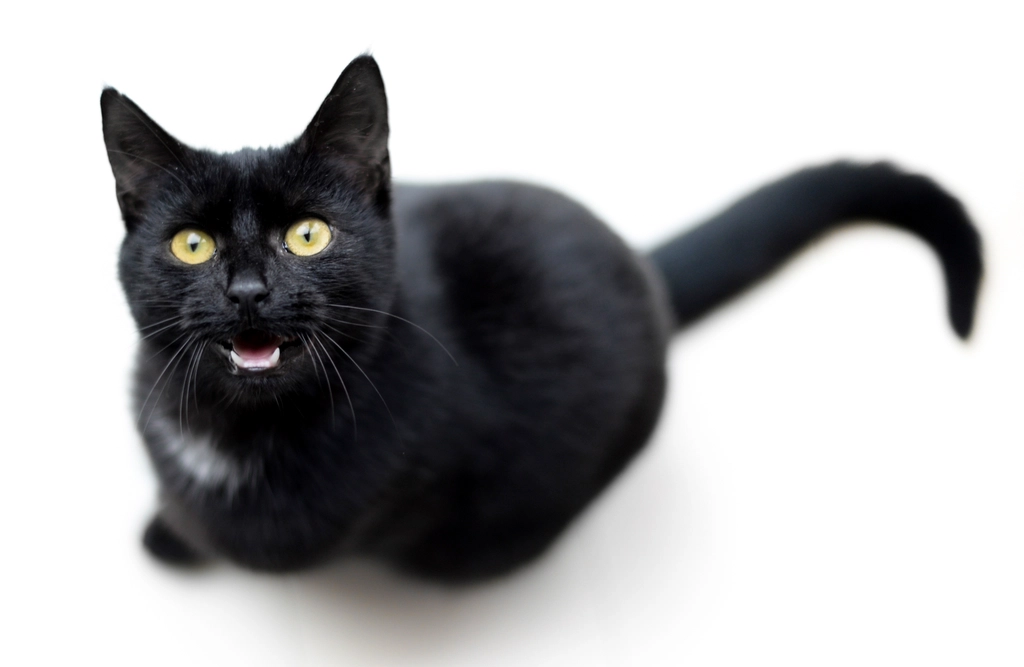
Chronic pain is a reality for many people, and finding relief can be a lifelong struggle. The gentle, rhythmic vibration of a cat’s purr has been shown to help ease pain—not just in cats, but in humans as well. Some believe the sound acts as a distraction, pulling the mind away from discomfort. Others think the actual vibrations may help reduce inflammation or stimulate the body’s natural painkillers. While it’s not a replacement for medical care, having a purring cat on your lap could be a welcome addition to anyone’s pain management routine.
The Purr as a Communication Tool

Cats don’t just purr for themselves—they use it to communicate with their humans and other animals. Some cats develop different “purrs” for different situations, like a soft, low purr when they’re content, or a more urgent, insistent purr when they want food or attention. Scientists have even identified a special “solicitation purr” that includes a subtle cry, designed to tug at our heartstrings and get us moving. It’s a clever way for cats to make their needs known, without ever saying a word.
The Role of Purring in Cat Social Structure
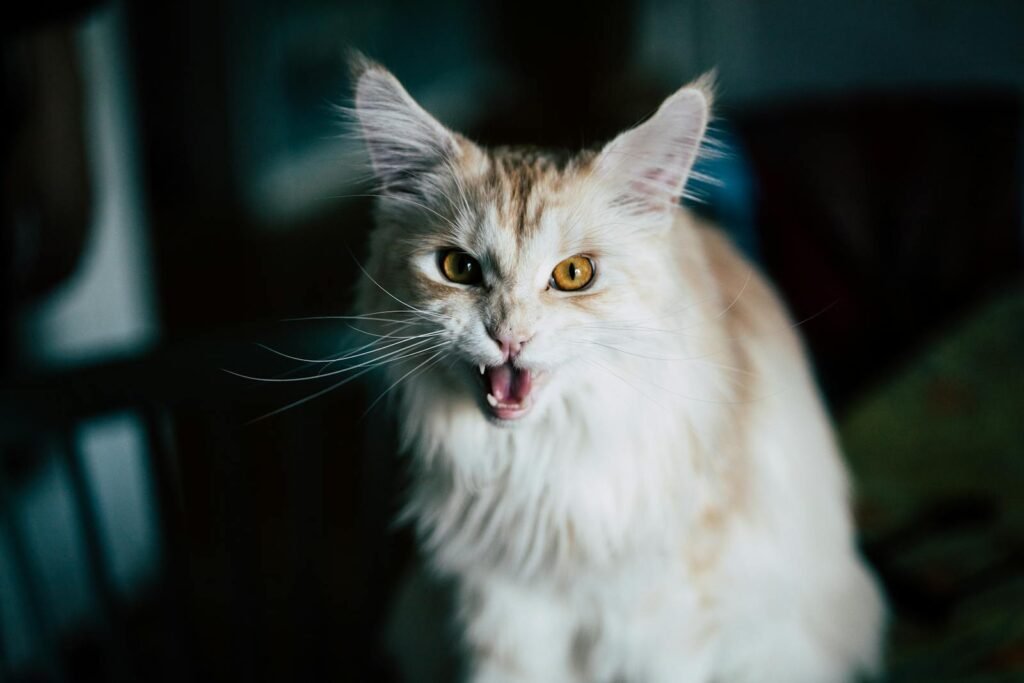
Within groups of cats, purring serves as a social glue. Mother cats purr to soothe their kittens, and kittens learn to purr back before their eyes are even open. In multi-cat households, purring can help reduce tension and prevent fights. It’s a signal of peace and reassurance, a way for cats to say, “We’re safe here.” Even feral cats, who rarely trust humans, will purr around their closest companions. It’s a testament to the deep emotional world of these mysterious creatures.
Purring Through Pain and Recovery

Perhaps the most surprising aspect of purring is its use during times of pain or injury. When a cat is hurt, it will often purr continuously, even during the worst moments. Researchers believe that purring may help cats heal faster by stimulating the production of growth factors and reducing inflammation. It’s a survival mechanism, honed over thousands of years, that allows cats to recover from injuries that might otherwise be fatal in the wild. For cat owners, it’s a gentle reminder of the resilience hidden beneath that soft fur.
The Evolutionary Advantage of the Purr
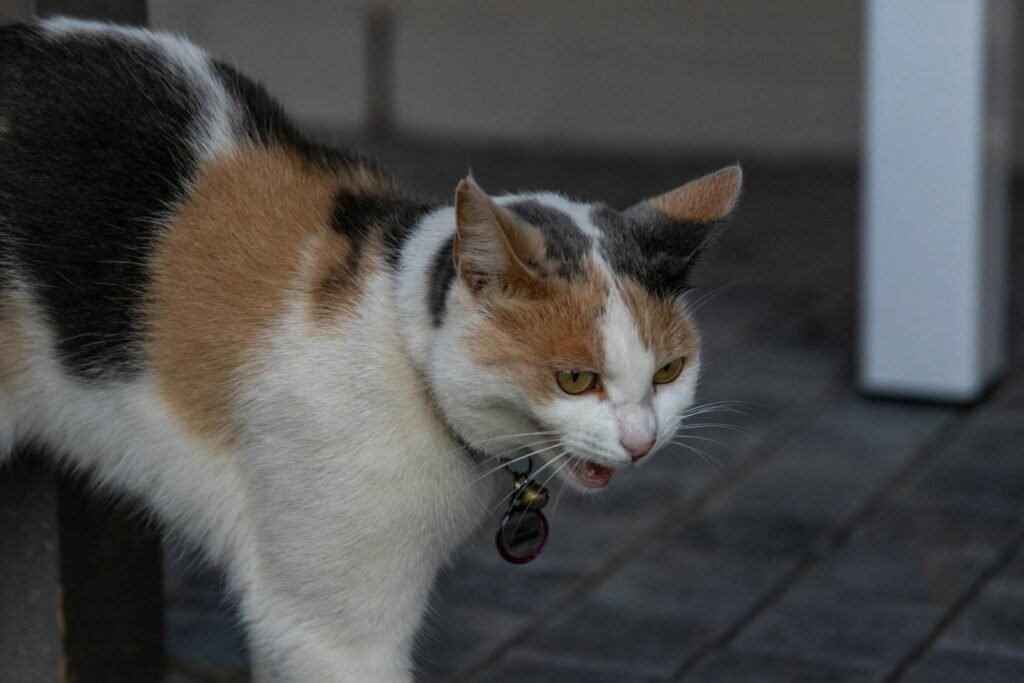
Why did cats evolve the ability to purr? The answer may lie in survival. A cat that can heal quickly and quietly is better equipped to avoid predators and recover from injuries. Purring also helps kittens bond with their mothers, ensuring they get the care they need. Over time, this unique adaptation has helped cats thrive in all kinds of environments, from bustling cities to remote wilderness. It’s a silent superpower that continues to shape the lives of cats—and the people who love them.
Comparing Cat Purrs to Other Animals

While domestic cats are famous for their purring, they aren’t alone. Some big cats, like cheetahs and bobcats, can purr too—but lions and tigers can’t. The main difference lies in the structure of their voice boxes. In big cats, the larynx is built for roaring, not purring. This makes the domestic cat’s purr all the more special. It’s a rare gift, shared by only a handful of animals on earth, and it connects us to the wild in a way few other sounds can.
The Psychological Benefits of Owning a Purring Cat
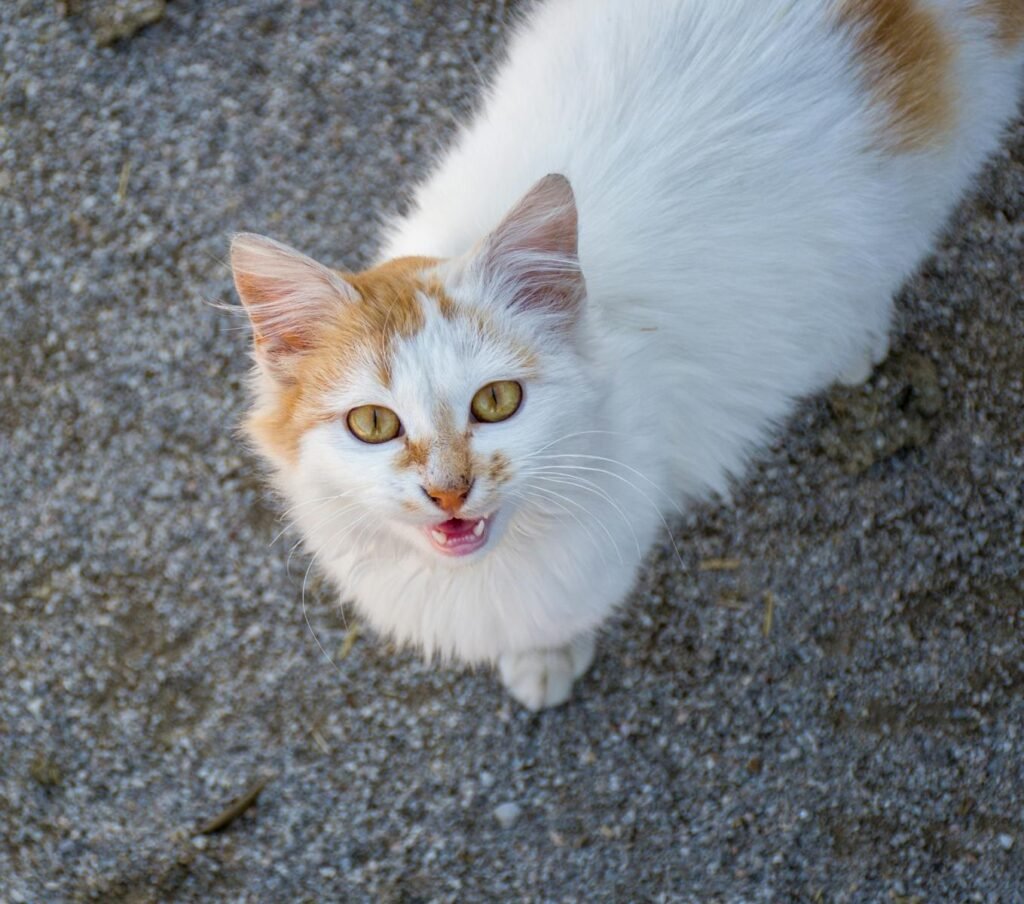
Living with a cat isn’t just good for your body—it’s good for your mind. Studies have shown that cat owners are less likely to suffer from depression and anxiety. The act of petting a purring cat releases feel-good hormones like oxytocin and serotonin, which help combat stress. For many people, their cat is a source of comfort and stability in an uncertain world. The gentle purr serves as a daily reminder that, no matter what happens, you’re not alone.
Purring and Heart Health
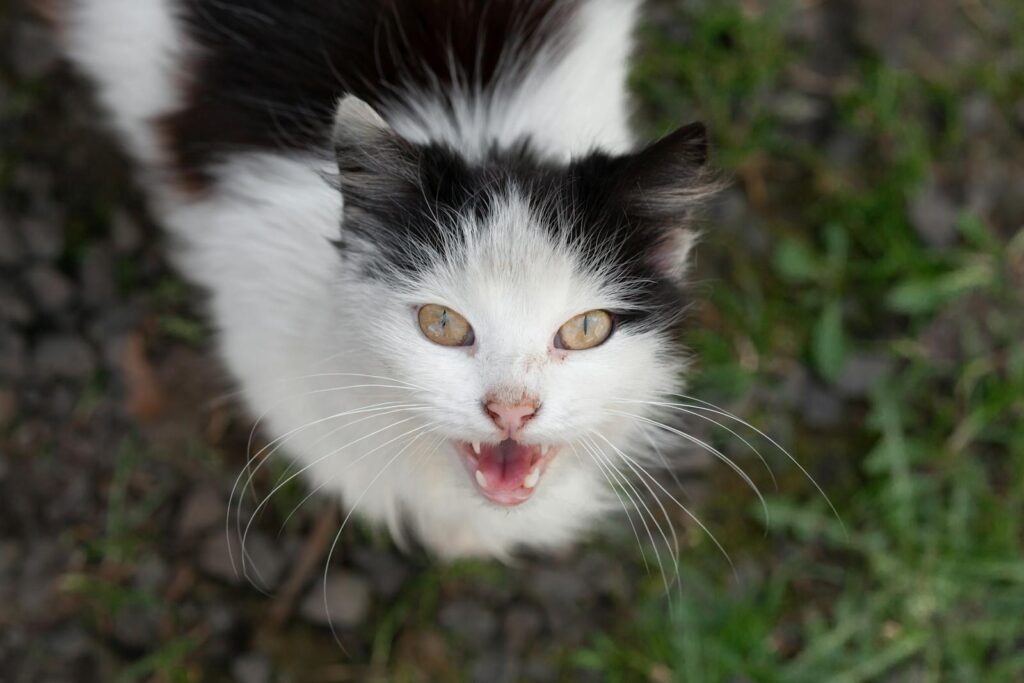
Believe it or not, owning a cat could actually be good for your heart. Research has found that cat owners have a lower risk of heart attacks and strokes. Some experts think this is due to the calming effect of a cat’s presence—and, of course, their purring. The soothing sound lowers blood pressure and reduces stress hormones, both of which are linked to heart health. It’s a simple, natural way to keep your ticker in top shape, all thanks to your furry friend.
Children and the Soothing Power of Purring
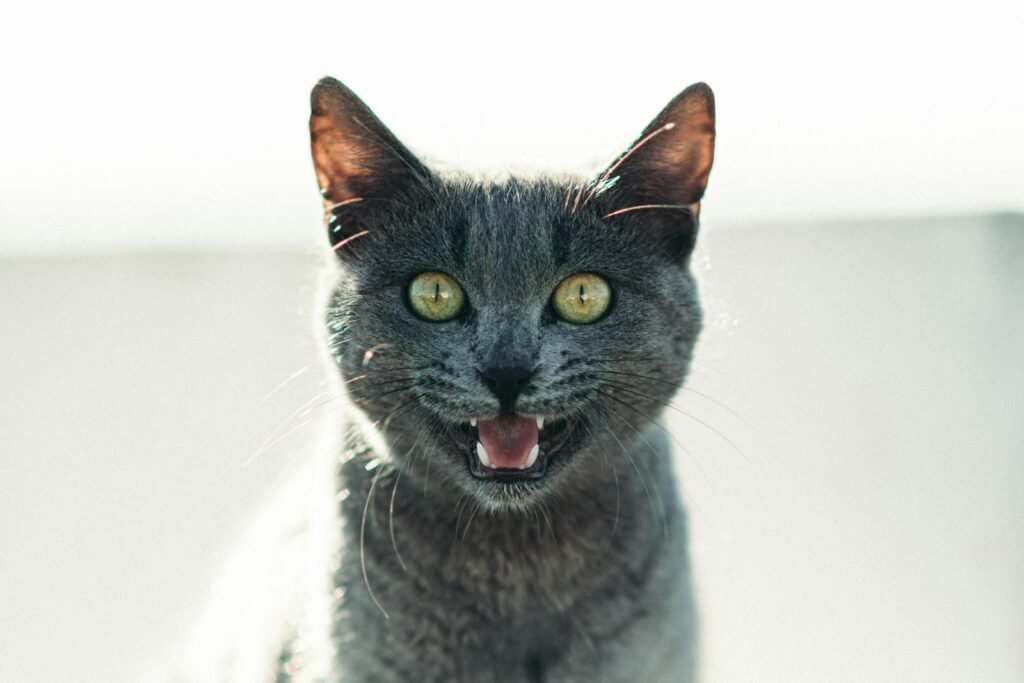
Children, especially those who are anxious or have trouble sleeping, often benefit from the company of a purring cat. The gentle vibrations offer comfort and reassurance, helping kids relax and feel safe. For children with special needs or sensory sensitivities, a purring cat can be a constant, calming presence. Many parents report that their children form deep, lasting bonds with their cats, learning empathy and emotional intelligence in the process. It’s a beautiful example of the healing power of animals.
The Future of Purr Therapy
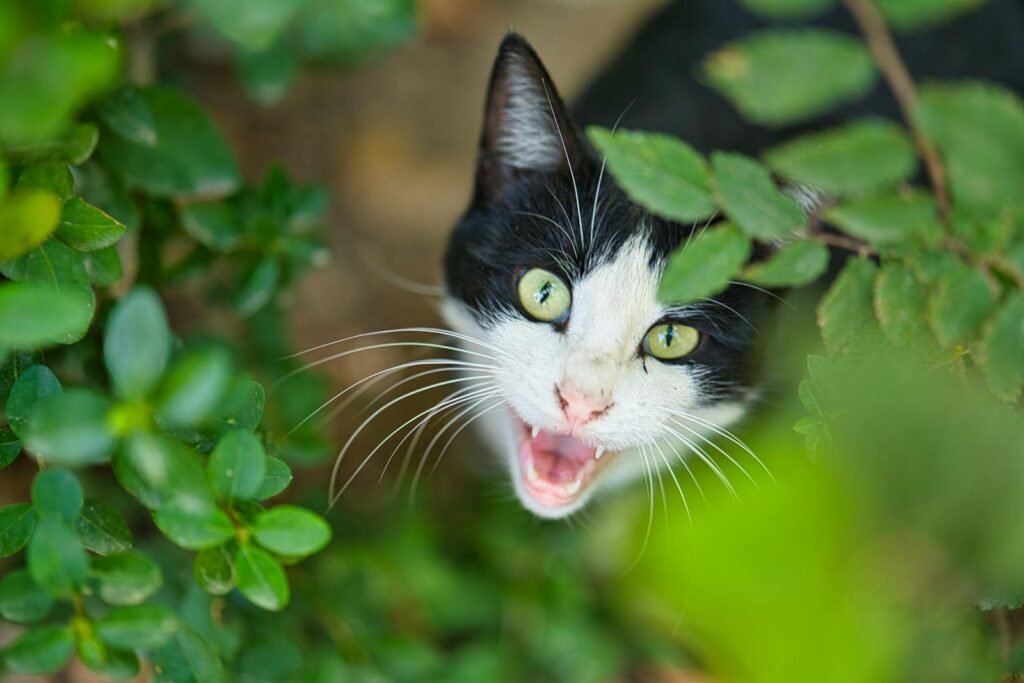
As our understanding of the science behind purring grows, some researchers are exploring ways to harness its healing power for humans. There are even prototypes of “purr therapy” devices that mimic the frequency of a cat’s purr, designed to help people recover from injury or manage chronic pain. While nothing can truly replace the warmth of a real cat, these innovations suggest that the humble purr may one day change the way we approach healing. The future is as bright—and soothing—as a cat’s purr.
Personal Stories: The Purr That Changed a Life
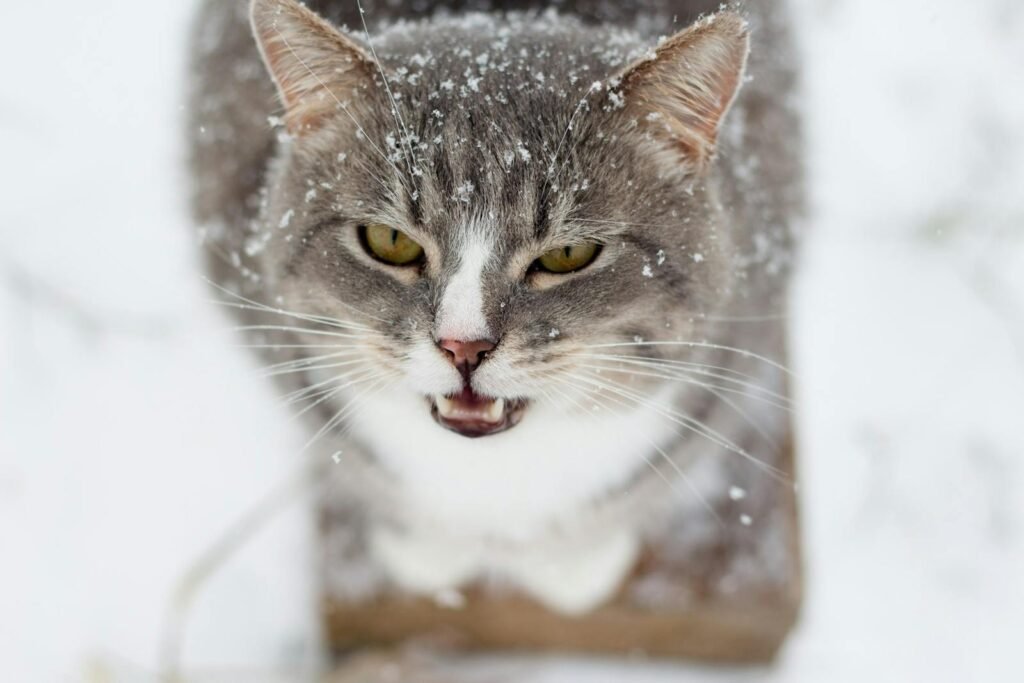
Ask any cat owner, and you’ll hear stories of purrs that brought peace during hard times. One woman recalls her cat curling up beside her every night after a painful surgery, purring until she fell asleep. Another man credits his cat’s constant purring with helping him through months of depression. These stories are more than just anecdotes—they’re living proof of the bond between humans and cats. The purr is more than a sound; it’s a lifeline, a gentle touch in a noisy world.

Growing up traveling and experiencing new cultures and wonders, I have had a passion for nature, adventuring, photography, and videography. I am currently working towards a BSc in Biodiversity and Ecology at Stellenbosch University, and I hope to specialise in Marine Sciences one day.
Please send any feedback to Feedback@animalsaroundtheglobe.com






